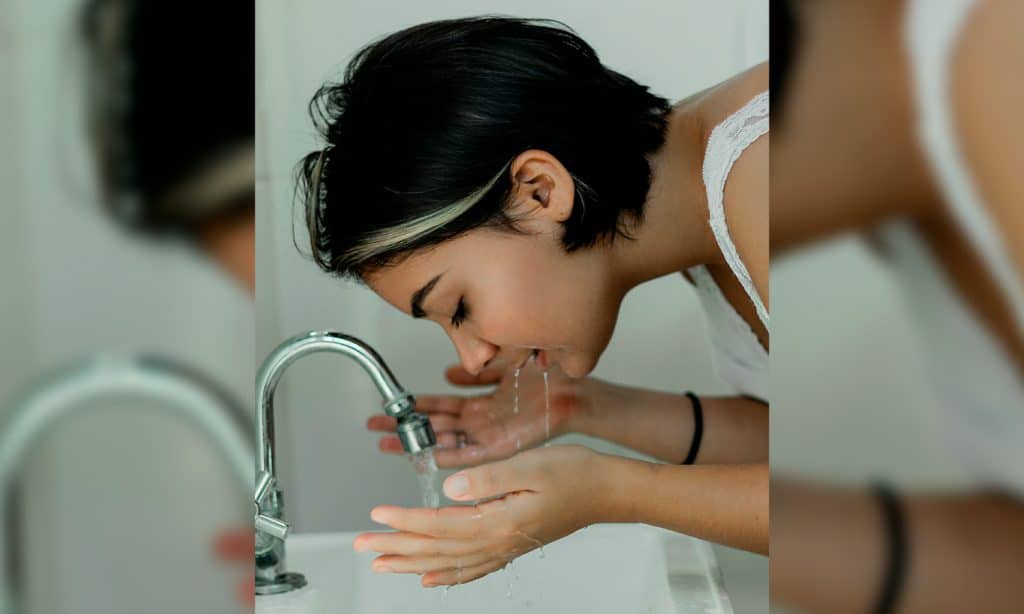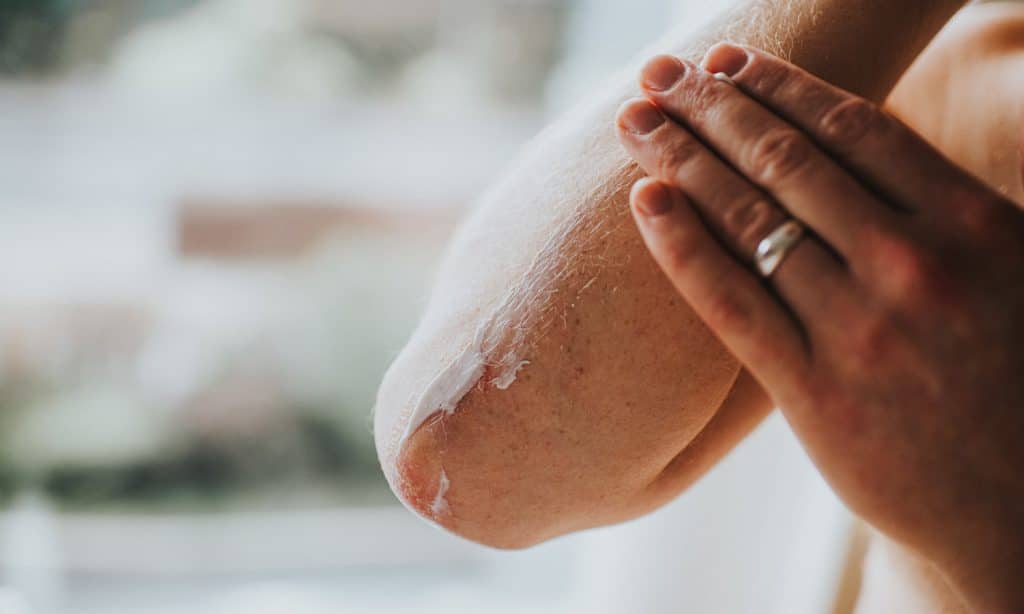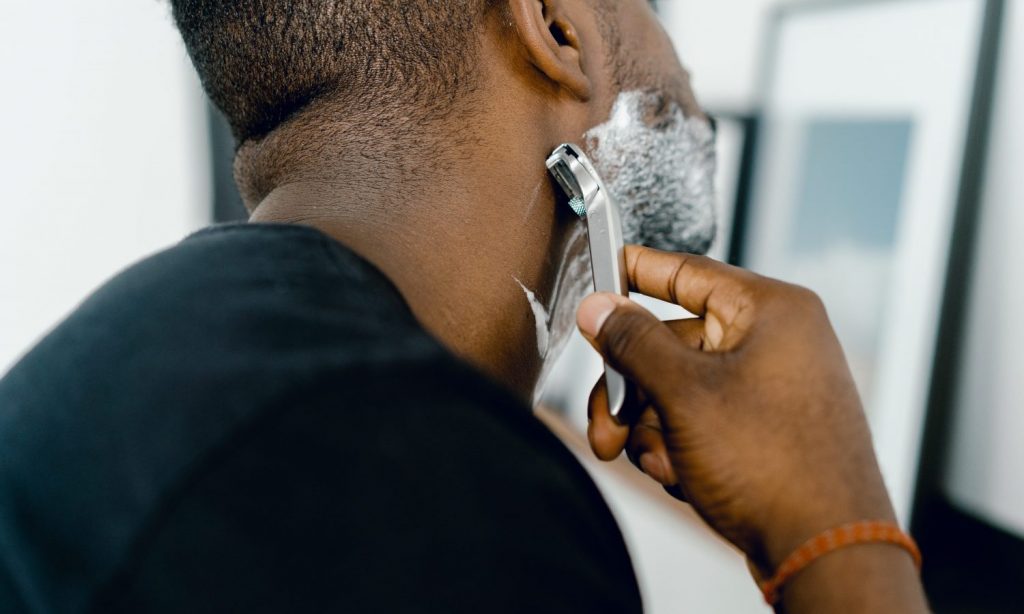Those little bumps on your face, while often annoying, are trying to tell you something. Here are some of the most common explanations behind them.
Faces are delicate, for some more than others. It’s a section of your body that’s particularly sensitive, with blemishes reflecting a variety of potential culprits, such as the food you ate, the fact that your skin secretes too much oil, or maybe it’s just your hormones. While annoying, the majority of these bumps are no cause for concern.
As long as your bumps stay the same, with no bleeding or changing colors, it’s likely that your bump is just acne or a mole. When encountering a bump that’s new or that changes over time, it’s important to call your doctor or schedule a visit with them, even if it’s virtual. Changing bumps and blemishes might be a sign of an underlying health condition, and it’s important to pay attention to them.
Here are some explanations behind your face imperfections:
Pimples and comedones

Pimples and comedones are some of the most common reasons why you have bumps, with their varying shapes and sizes and appearing unpredictably. When pimples are inflamed they’re painful and pop up when the bacteria in your pores mixes with dead skin and oil. Pimples should be left alone, even if this is very difficult. In order to prevent them, you can try use gentle cleansing products.
Comedones have a weird name, but they’re also pretty common. They can be closed (whiteheads) or open (blackheads). Blackheads get that color because they’re open and can absorb the oil and the dead skin that surrounds them, giving them that dark tint. Although they’re very common, they’re hard to treat. To prevent them, wash your face often and use a cleanser before going to bed. Skin types vary widely, so try to determine your needs and purchase the correct products.
Moles

RELATED: 5 Popular Moisturizer Ingredients That Can Harm Your Skin
Moles tend to be harmless, whether you’ve had them forever or they’ve recently popped up. They can be brown, red or skin-tone, and can appear on all areas of your body. Moles are clumps of melanocytes, which are the skin cells that create melanin. Moles can be removed for cosmetic reasons, because they uncomfortably rub against your skin or because of an underlying reason, like skin cancer. Moles should be monitored if they change in size, if they have irregular borders or if they have an uneven color..
Eczema or rosacea

Eczema and rosacea are common conditions that can occur at any point in your life, resulting in some discomfort and stress. Eczema occurs when the top layer of your skin can’t retain moisture and protect you from irritants. It’s a recurring condition and while the flare ups can be monitored, there’s no way of preventing it. In order to treat it, be sure to speak to a doctor and to come up with a treatment plan together.
RELATED: Do Beauty Pillows And Pillowcases Improve Your Skin?
Rosacea is another chronic skin condition and it can appear on people’s faces, creating a redness on their skin. There’s no known cause for it, but people treat it by using gentle moisturizers and cleansers and protecting their skin from the sun. Triggers for the disease can include alcohol, reactions with makeup compounds, exercise and more. It’s important to speak to a doctor in order to determine the right course of action.
P.S. Both of these skin conditions can be worsened with face masks. Here’s How CBD Topicals Can Complement Your Mask Wearing.
Ingrown hairs

Lastly, ingrown hairs are also a cause for bumps. These occur when the hair curls before breaking through the skin, getting trapped under it and forming a reddened bump. They’re usually caused by shaving, which is inconvenient, and are more recurrent for some people than for others. In order to prevent them you should wash and hydrate your skin before shaving and replace your razor often, that way the blade isn’t dull and can make precise cuts.


